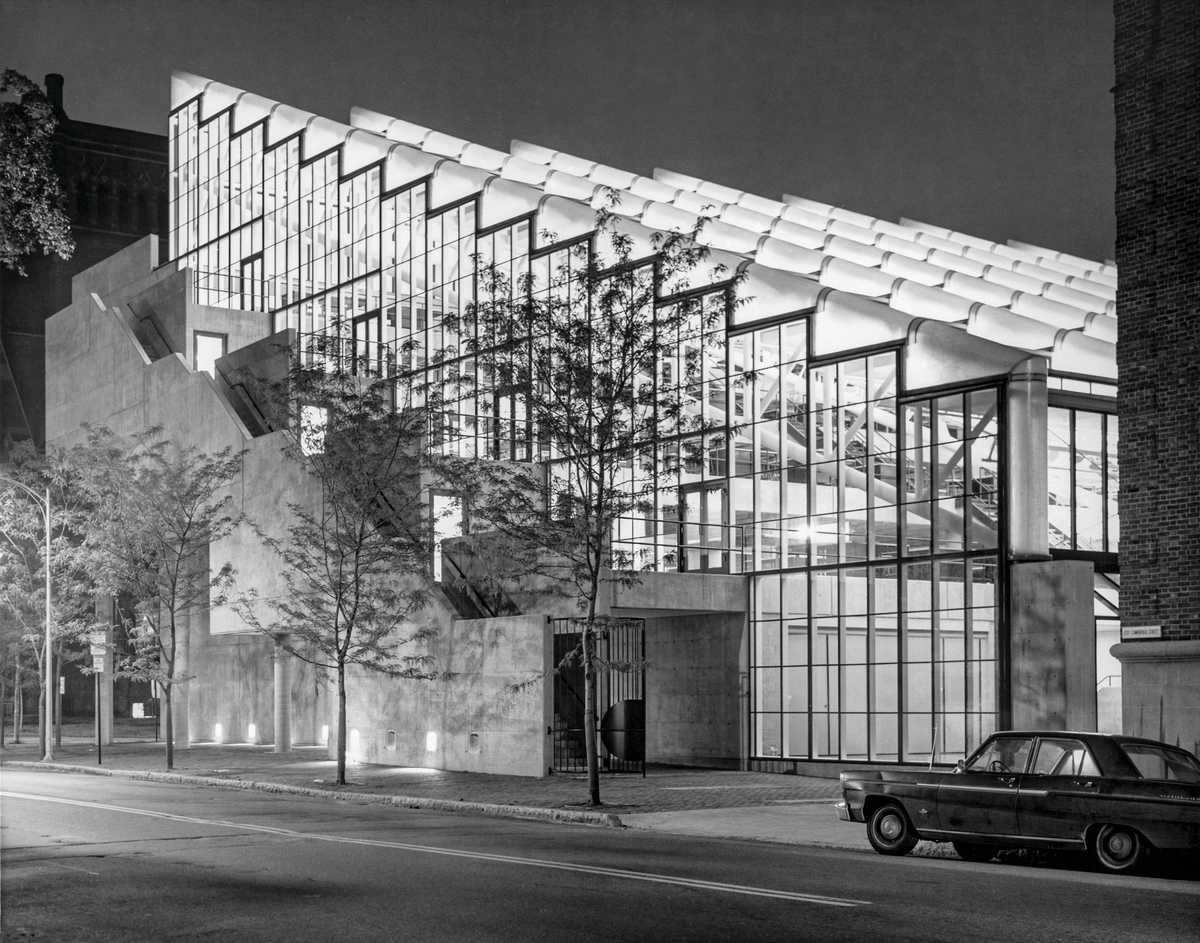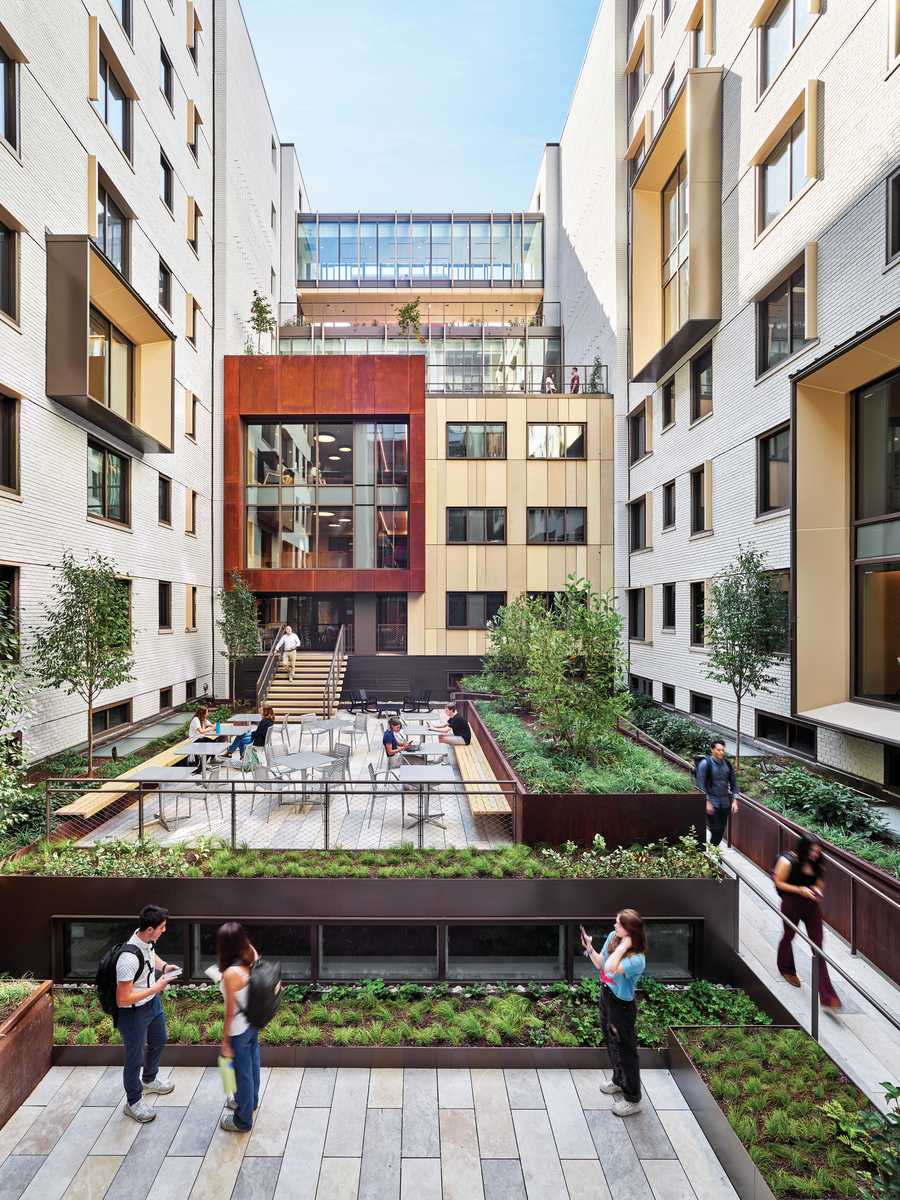View course on architecturalrecord.com »
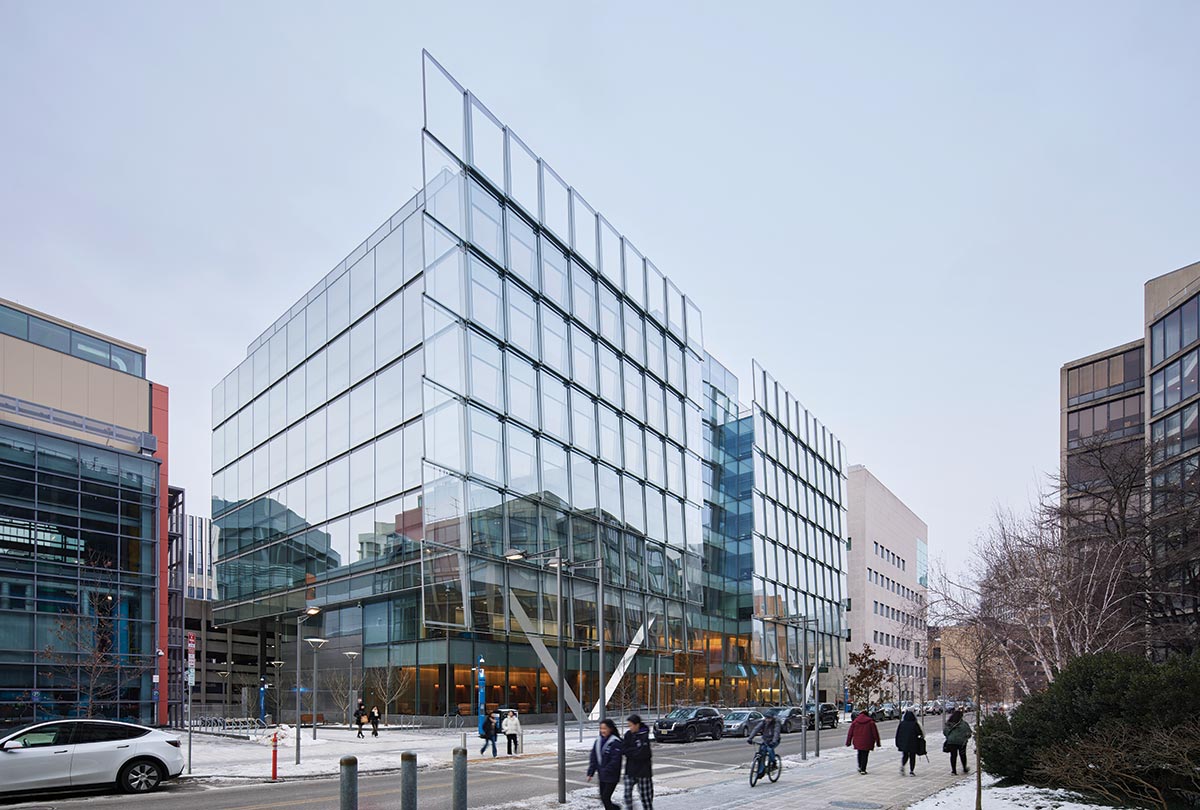
PHOTOGRAPHY: © SOM/Dave Burk
Schwarzman College of Computing at MIT by SOM
BUILDING TECHNOLOGY
This special section delves into carbon-saving efforts on college and university campuses. It showcases enclosure retrofits, structural forensics and adaptive-reuse strategies, high-performance glass facades, new energy infrastructure, and seismically tuned hybrid mass-timber structures.
Schwarzman College of Computing at MIT
Cambridge, Massachusetts|SOM
California College of the Arts Expansion
San Francisco|Studio Gang
Princeton University Geo-Exchange
Princeton, New Jersey|ZGF Architects
Gund Hall Renovation at Harvard Graduate School of Design
Cambridge, Massachusetts|Bruner/Cott
Thurston Hall Renovation at The George Washington University
Washington, D.C.|VMDO Architects
Select an article to read more.
Click course title to be directed to architecturalrecord.com »
Shingle Style Reboot
By Wanda Lau

PHOTOGRAPHY: © SOM/Dave Burk; Lucas Blair Simpson
The SCC sits among a hodgepodge of architecture styes.
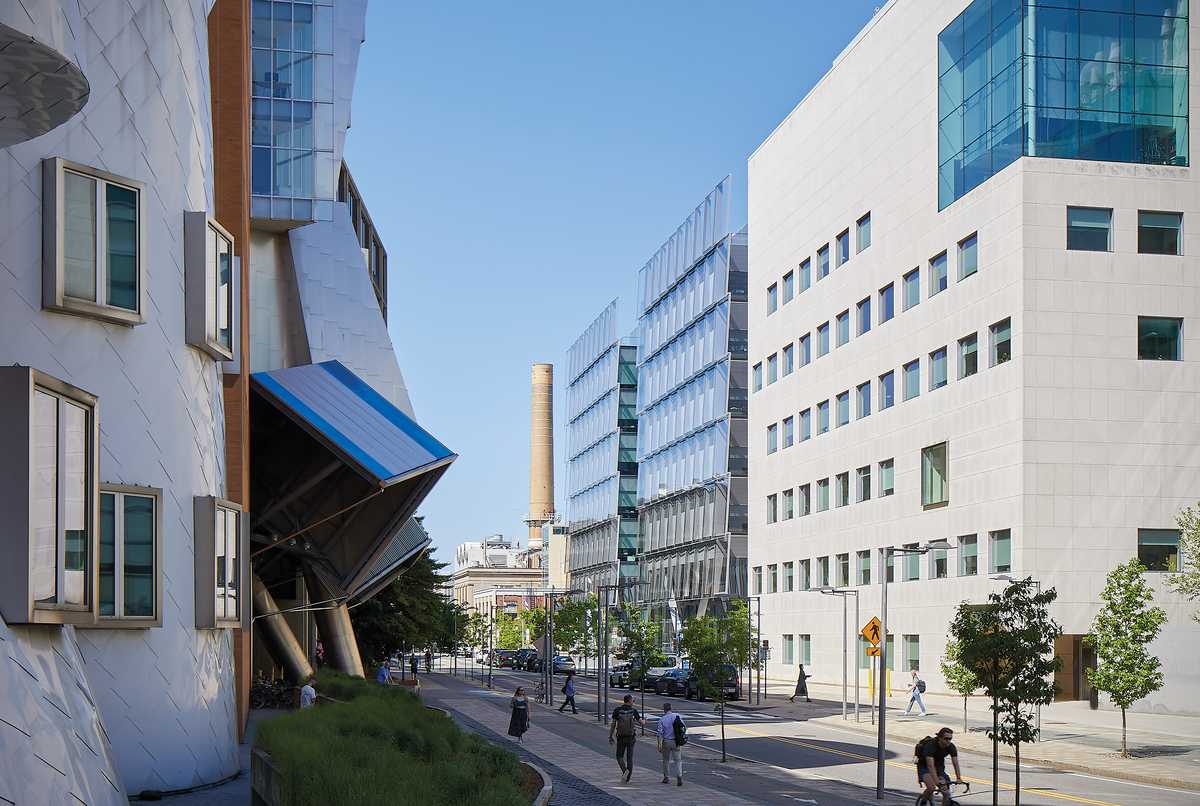
PHOTOGRAPHY: © SOM/Dave Burk; Lucas Blair Simpson
With an innovative double-skin facade, SOM signals MIT’s commitment to the future of computing
Artificial intelligence continues to advance at a rapid pace, leading to calls to ensure that its capabilities and influence do not grow unchecked. In 2018, the Massachusetts Institute of Technology established the Stephen A. Schwarzman College of Computing (SCC) as part of a
$1 billion commitment to address the “opportunities and challenges presented by the prevalence of computing and the rise of artificial intelligence.”
This investment included creating a home for the SCC. The project’s brief called for a “signature” building to house laboratories, classrooms, and offices on the northwest side of Vassar Street, then considered somewhat of a back side to the Cambridge campus. Surrounding its site was the sculptural, white limestone–clad Brain and Cognitive Sciences Building by the late Charles Correa with Goody Clancy; the expressive metal and brick volumes of the Ray and Maria Stata Center by Frank Gehry; and a collection of nondescript 1960s and ’70s concrete and masonry structures. To its rear were an active rail line and parking lots.
To counter the hodgepodge of architectural styles while celebrating the college’s mission to advance technology in a responsible, transparent way, Skidmore, Owings & Merrill successfully proposed a rectilinear building with twin wings with textured facades of large-format glass shingles. Canted in both plan and section, each glazed unit was intended to look “suspended in air, disconnected from the last one,” says SOM partner Colin Koop. “You’re not even sure if it’s a fully enclosed building.”
Furthering the illusion, the shingles run past the building’s edges at its roofline and sides, creating a “great, transparent sail” that Koop says enhances the structure’s relatively modest stature—178,000 square feet over eight floors—and symbolizes the SCC’s “outsized importance to the future of the Institute.”
But, by designing a south-facing elevation with a 67 percent window-to-wall ratio, the team knew they had to deliver on energy performance in “legitimate . . . scientific and measurable ways,” says SOM technical design partner Carrie Moore.
Common Ground
BY RANDY GRAGG
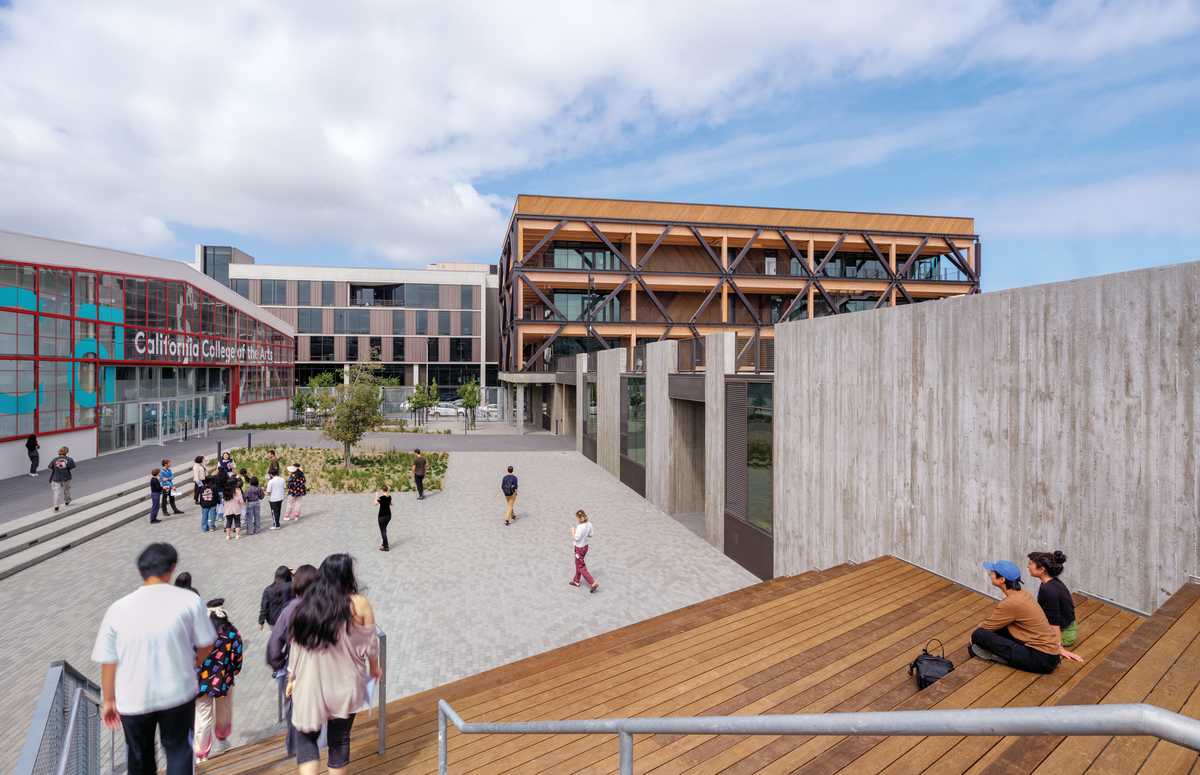
PHOTOGRAPHY BY JASON O’REAR
Studio Gang creates an interconnected campus for the California College of the Arts in San Francisco.
For 24 years, the California College of the Arts’ 33 academic programs were spread across two campuses: the verdant, Victorian-era former James Treadwell estate in Oakland and a converted Greyhound-bus maintenance shed in San Francisco’s emergent Design District. Two art-learning cultures took shape as different as the sites. In Oakland, faculty and students channeled the school’s Arts & Crafts DNA in buildings, some over a century old, learning and making indoors and out. In San Francisco, the feel is more factorylike, an open plan of studios and classrooms bordering a giant central “makers yard” in the high-vaulted shell of a vintage 1951 SOM Modernist industrial design.
When Studio Gang won a 2016 competition to merge the campuses with a single expansion adjacent to the bus shed, its research with faculty, students, and board members yielded many hopes for bringing the two worlds together, all with lightest possible touch on the environment. But the parti, says founding partner Jeanne Gang, emerged from the staff members who are so often an art school’s backbone: the shop managers. “They’re not just managers,” says Gang. “They’re the ones who help students make things. There’s a whole shop culture.”
Gang describes the addition, which opened in October, “as basically just a big makerspace with a garden on top.” Calling it “Double Ground,” Studio Gang’s team has crafted an elegantly minimalist synthesis of the two campus environments, the college’s ambitious sustainability goals, and (it being San Francisco) seismic resiliency.
The first floor’s 57,000-square-foot concrete-enclosed expanse unfolds in a veritable agora of high- and low-tech labs and shops for furniture-making, CNC fabrication, spray-painting, chemical mold-making, ceramics, screen printing, lithography, digital fabrication, sandblasting, and one known simply as “Hammer Room,” for metalsmithing jewelry. Two glass-shrouded, open-air “maker yards” provide outdoor space, to build and display work, while welcoming daylight deep into the interior.
Groundbreaking
BY JAMES S. RUSSELL, FAIA EMERITUS
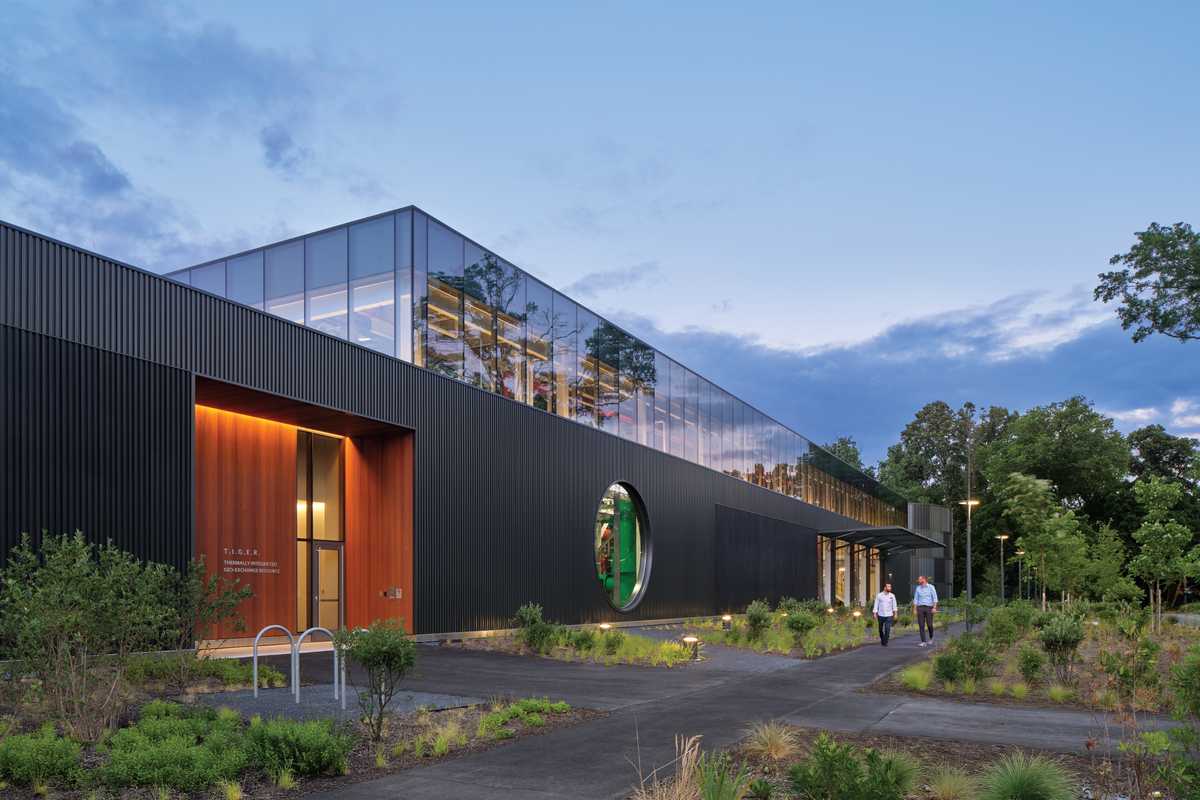
Photography by Halkin Mason
The 38,000-square-foot TIGER is a long, low, metal-clad structure.
Princeton University digs deep into bedrock to lead the charge in geo-exchange technology on campuses
Princeton University’s Myslik Field looks like many soccer stadiums, but beneath its manicured turf lie dozens of bore holes filled by plastic tubes that harvest the consistent temperature of the earth (around 56 degrees Fahrenheit) to heat and cool dozens of buildings on the sprawling campus. A parking structure south of the field similarly hosts many more bore holes which feed—and are fed by—heat pump technology housed in a long, low, gray-metal-clad structure elaborately named the Thermally Integrated Geo-Exchange Resource, which cutely forms an acronym of the university’s mascot: TIGER.
Geo-exchange, which entails drawing warmth from the earth to heat buildings as well as injecting heat into the earth for cooling, could be regarded as the misunderstood renewable, since its great promise has largely been ignored in debates that skip from solar and wind to yet-to-be-mainstreamed generation technologies such as fusion and hydrogen, not to mention high-cost nuclear. At Princeton, and increasingly in building complexes of other intensive energy users (record, November 2023), the technology’s true potential is being realized. In Princeton’s case it is expected to account for almost 40 percent of the university’s operational carbon reduction by 2046 (its 300th anniversary), the year it plans to achieve carbon-neutral status. (Effective systems can be installed in structures as small as houses, however.)
Geo-exchange may be an unfamiliar term, but it is succeeding the more familiar geothermal, which nowadays describes the nascent, extremely deep-bore technology that aspires to tap heat exceeding 160 degrees Fahrenheit from depths of 1,600 feet or more for use in power generation and industrial processes.
Some 1,700 bore holes from 600 to 850 feet deep have been drilled on campus so far, cut through bedrock for considerable lengths. That is expensive, but the rock, and the groundwater it captures, are each highly conductive, and therefore efficient in their role as a winter heat source and a summer heat sink. The TIGER building, and the smaller Central Utility Building (yes, shortened to CUB), both designed by the Washington, D.C., office of ZGF, make the “exchange” element of the system visible by intention. “The architectural idea is simple, humble, not precious,” explains ZGF partner Toby Hasselgren. Yet the two structures hold their own architecturally and draw curiosity about what’s inside.

